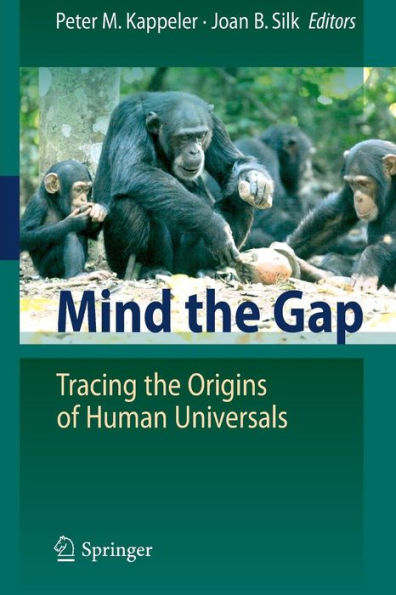5
1
9783642027246


Mind the Gap: Tracing the Origins of Human Universals / Edition 1 available in Paperback

Mind the Gap: Tracing the Origins of Human Universals / Edition 1
- ISBN-10:
- 3642027245
- ISBN-13:
- 9783642027246
- Pub. Date:
- 11/16/2009
- Publisher:
- Springer Berlin Heidelberg
- ISBN-10:
- 3642027245
- ISBN-13:
- 9783642027246
- Pub. Date:
- 11/16/2009
- Publisher:
- Springer Berlin Heidelberg
169.99
In Stock

Product Details
| ISBN-13: | 9783642027246 |
|---|---|
| Publisher: | Springer Berlin Heidelberg |
| Publication date: | 11/16/2009 |
| Edition description: | 2010 |
| Pages: | 504 |
| Product dimensions: | 6.10(w) x 9.00(h) x 1.30(d) |
From the B&N Reads Blog
